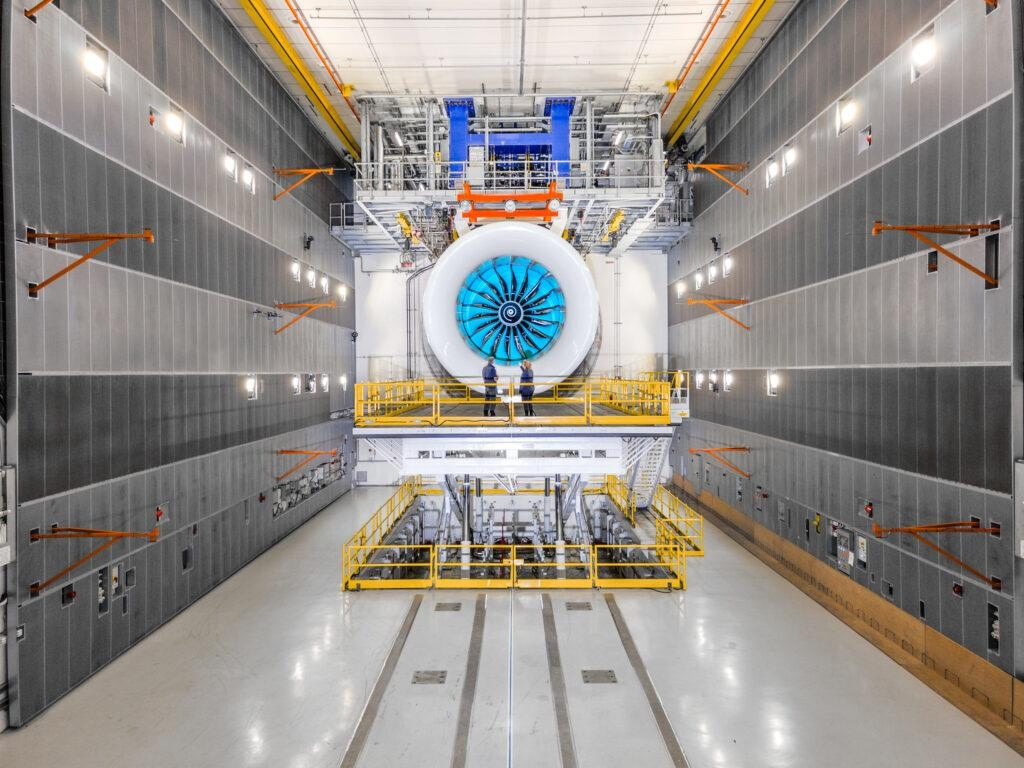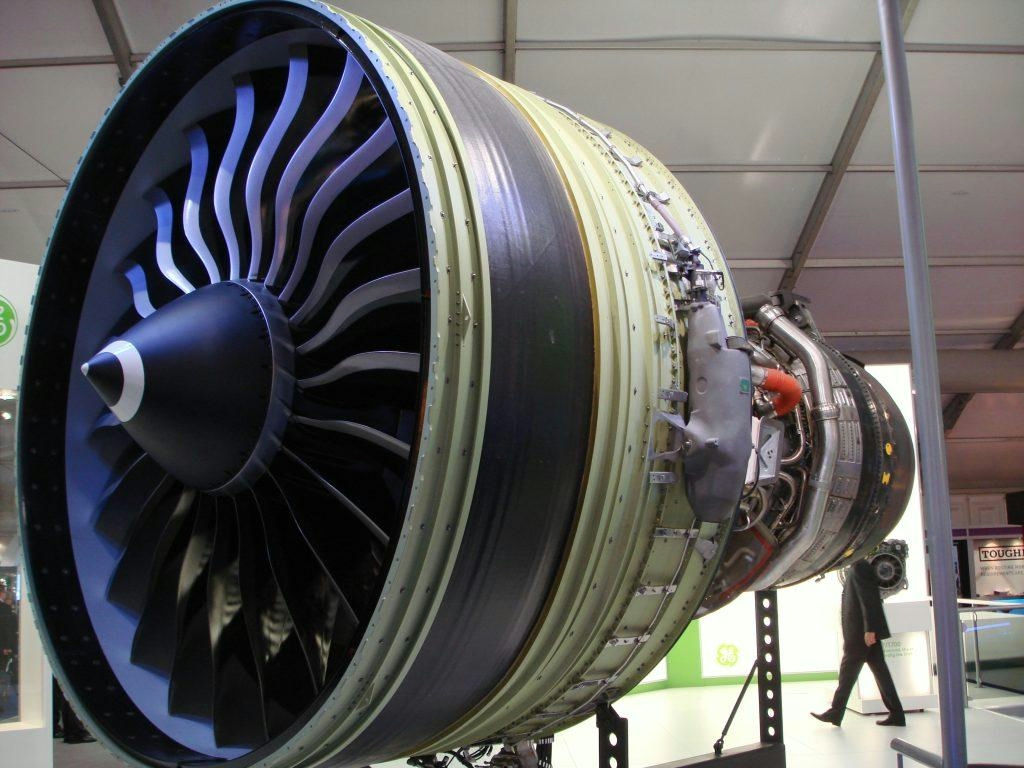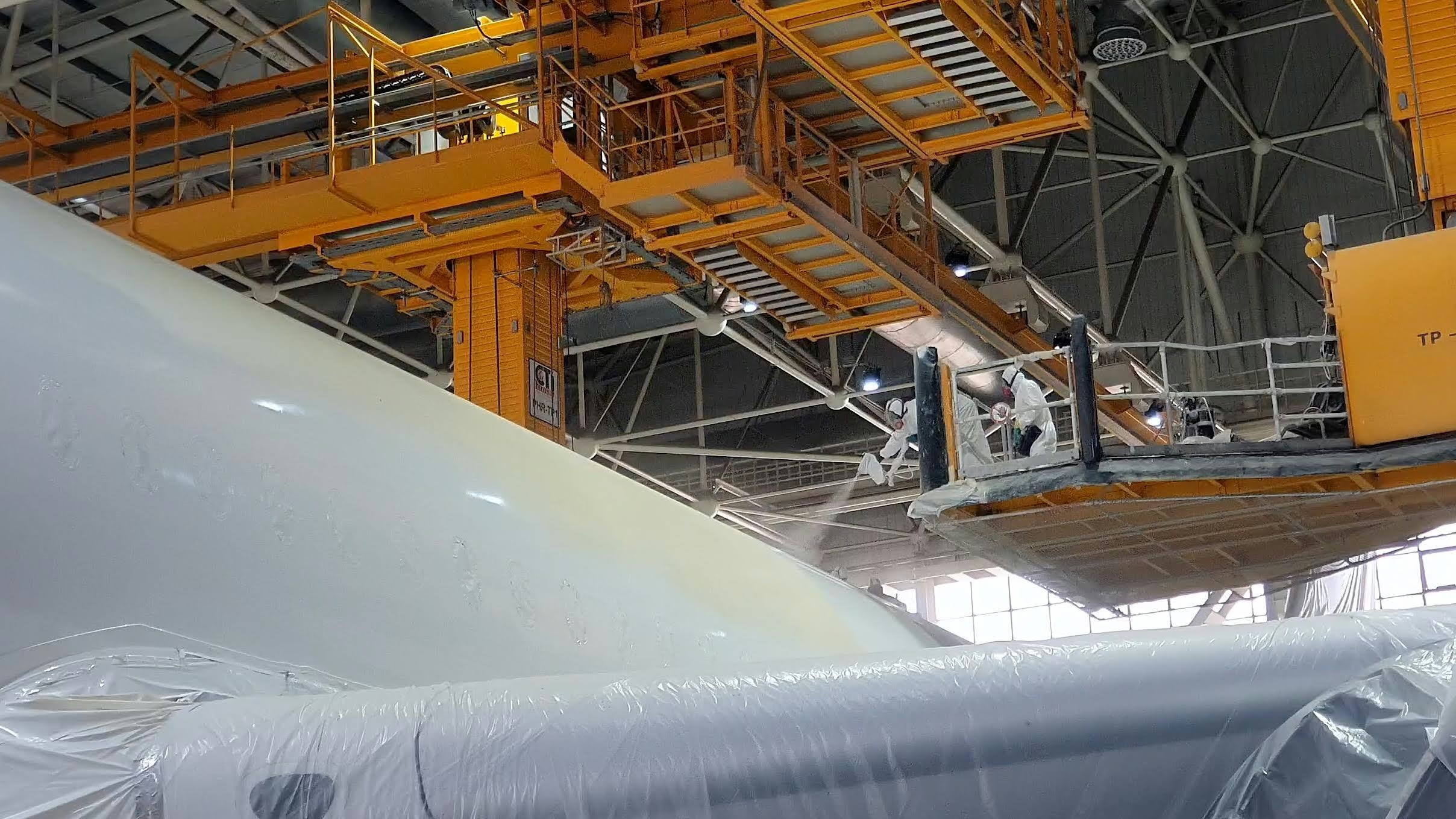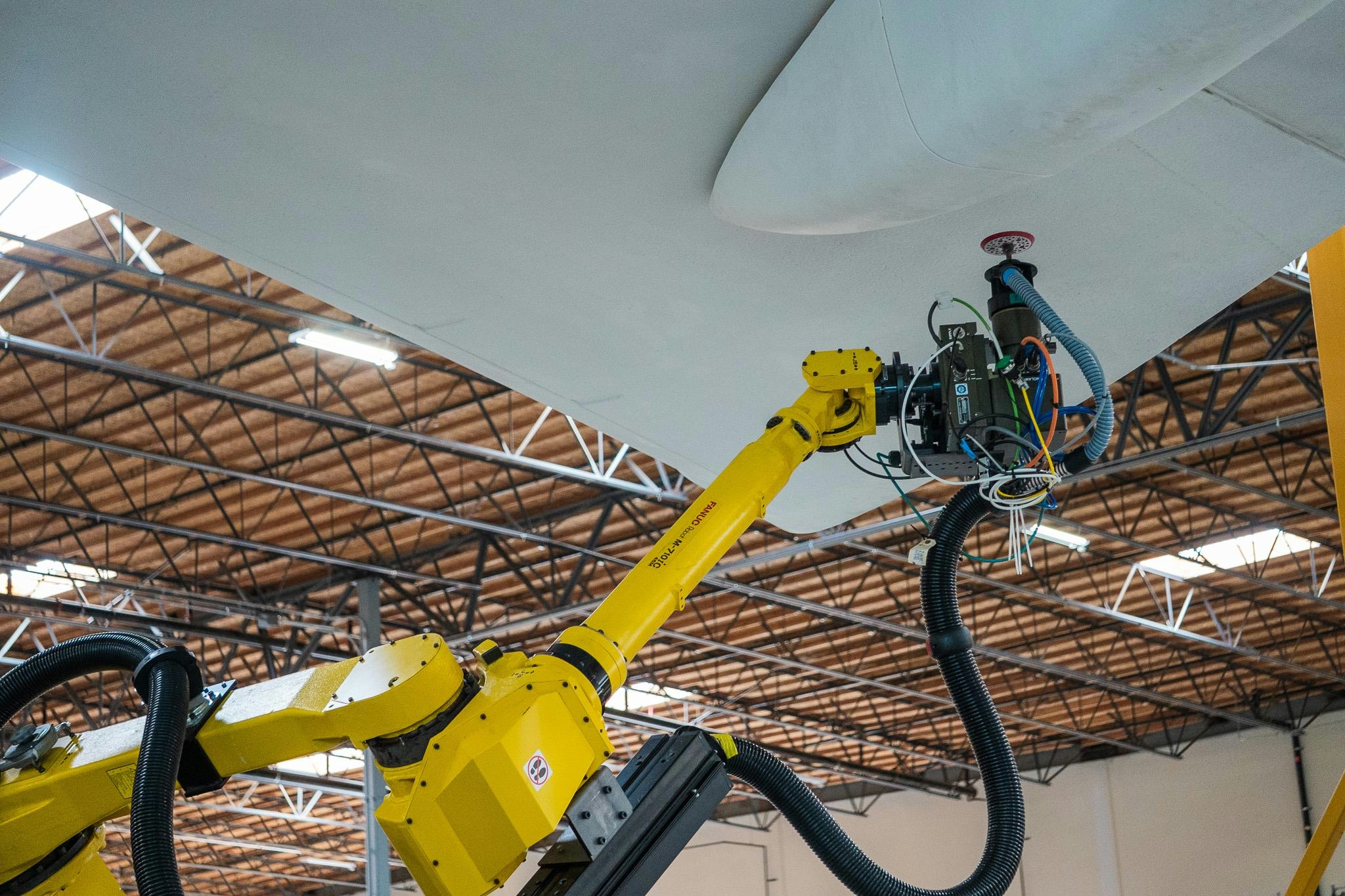
AeroGenie — Your Intelligent Copilot.
Trending
Categories
Rolls-Royce Advances UltraFan Testing Program

Rolls-Royce Advances UltraFan Testing Program
Progress and Development of UltraFan Engines
Rolls-Royce is intensifying its UltraFan engine program with the objective of conducting flight tests by the end of the decade. The company plans to develop two demonstrator variants: the UltraFan 80, designed for widebody aircraft, and the UltraFan 30, tailored for single-aisle jets. These designations correspond to their respective thrust classes, underscoring Rolls-Royce’s strategic commitment to addressing diverse market segments.
This renewed focus on the geared-fan architecture follows the completion of ground testing for the original widebody UltraFan demonstrator. The engine, which produced approximately 85,000 pounds (380 kN) of thrust, accumulated nearly 70 hours of run time before concluding tests in 2023. Alan Newby, Rolls-Royce’s director of research and technology, revealed that the engine is currently being rebuilt with plans to resume testing by the end of the year. He emphasized the strong performance of the UltraFan during initial tests and noted that engineers are meticulously analyzing the 30 terabytes of data collected. While no significant design alterations have been made, the team is incorporating optimizations such as improved blade-tip clearances to enhance performance.
Simultaneously, preliminary design work on the UltraFan 30 is advancing, targeting future narrowbody aircraft applications. This phase is expected to conclude shortly, with the demonstrator engine scheduled for construction through 2028 and initial test runs planned by year-end. Flight testing is anticipated to follow before 2030. Although detailed specifications remain confidential, Newby indicated that the UltraFan 30’s fan diameter will surpass that of current narrowbody engines, potentially reaching nearly 90 inches compared to the 81-inch fan on Pratt & Whitney’s PW1100G. The engine’s thrust is projected to exceed 30,000 pounds, with flexibility to accommodate customer requirements. Notably, the bypass ratio is expected to reach up to 15:1, a significant increase over the 10–12:1 ratios typical of existing geared-fan engines.
Market Alignment and Collaborative Research
Rolls-Royce is engaging closely with potential customers to ensure the UltraFan’s capabilities align with operational needs. Airbus, for instance, has expressed intentions to develop a successor to the A320neo family under its Next Generation Single Aisle program, aiming for entry into service around 2035. This collaboration highlights the strategic importance of the UltraFan in future commercial aviation.
The program also benefits from collaborative research initiatives, including the European Union-backed HEAVEN project. This partnership has supported rig testing of critical components such as the combustor and gearbox and has contributed to the preliminary design of the narrowbody engine variant.
Challenges and Industry Context
Despite these advancements, Rolls-Royce faces considerable challenges in progressing through testing and certification phases. The Pearl 10X engine, which has accumulated over 3,400 test hours and is approaching final approval, exemplifies the stringent regulatory standards the UltraFan must satisfy. Market anticipation remains high, particularly among business aviation customers awaiting the Falcon 10X, while competitors are expected to accelerate their own engine technology developments in response.
Additionally, Rolls-Royce’s Orpheus program highlights the company’s emphasis on agility and innovation in manufacturing processes. These efforts may further influence competitive dynamics as the UltraFan program moves forward, shaping the future landscape of aircraft propulsion technology.

American Airlines’ Plans for Artificial Intelligence

FAA Issues Airworthiness Directive for GE90 Engines After Powder Metal Contamination Found

Boom Supersonic Uses Jet Engines to Power Off-Grid AI Data Center

Flying taxis could take off this year in Florida

ASKY and TAAG Angola Airlines Establish In-House MRO Facilities to Support Fleet Expansion

Airbus to Release Audited 2025 Orders and Delivery Data on January 12

Biman Bangladesh Selects Boeing for New Aircraft Order

Amazon Cancels Italian Drone Delivery Plans Days Before Launch, Setback for U-space

Lufthansa Celebrates 100 Years of Aviation Innovation
